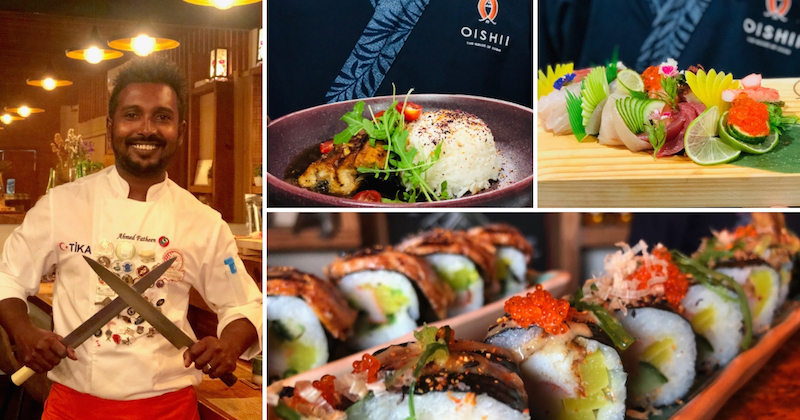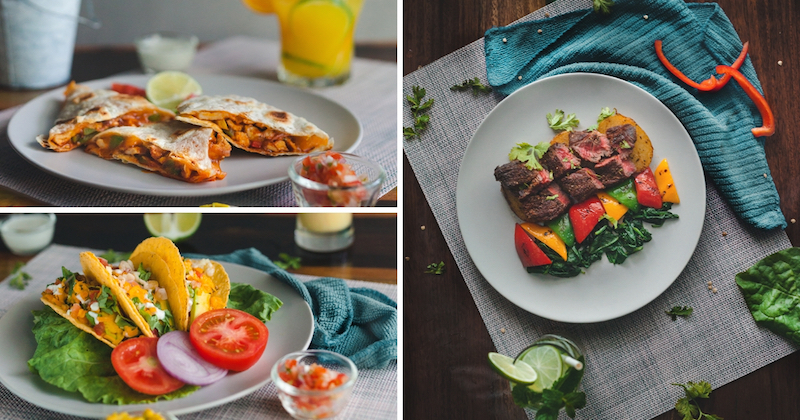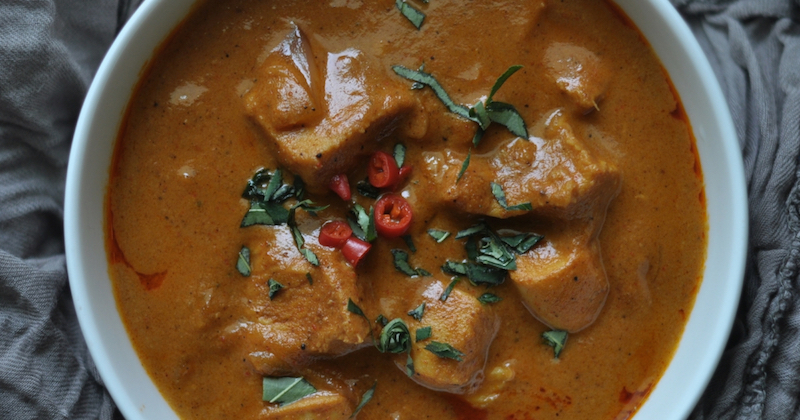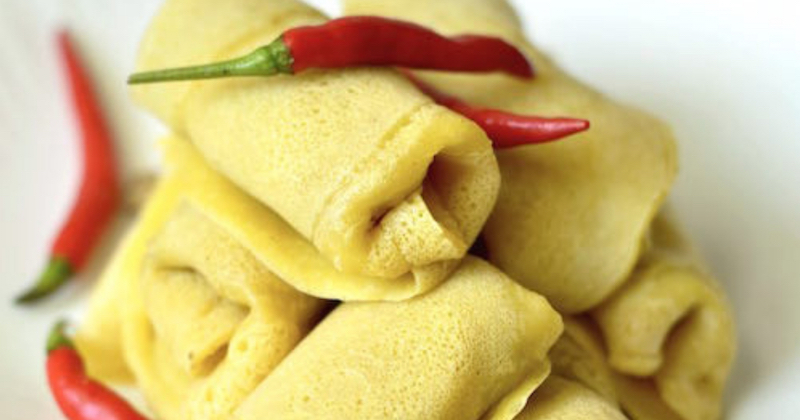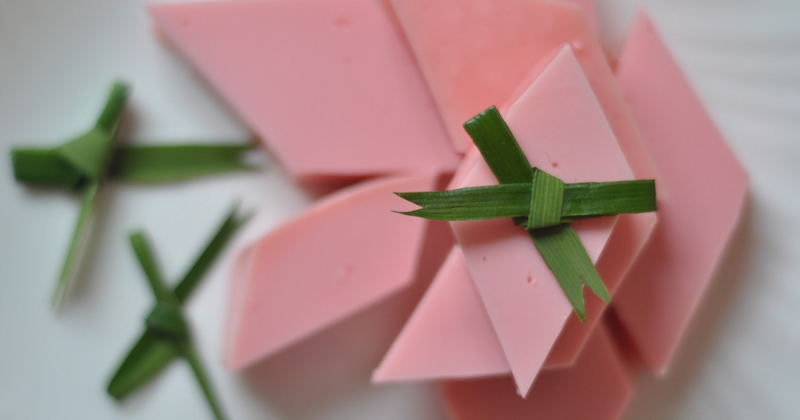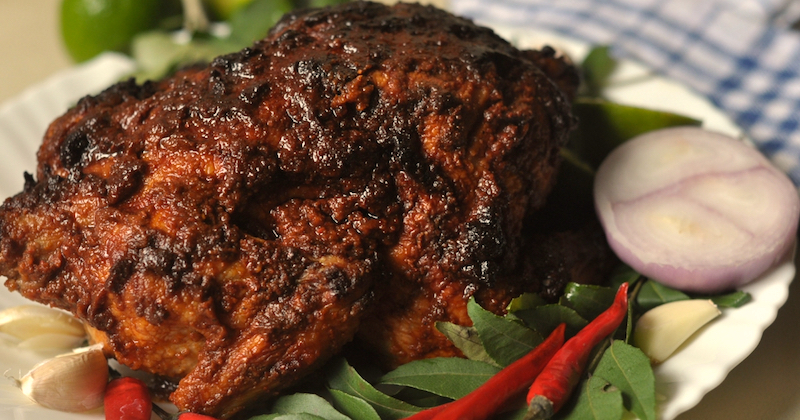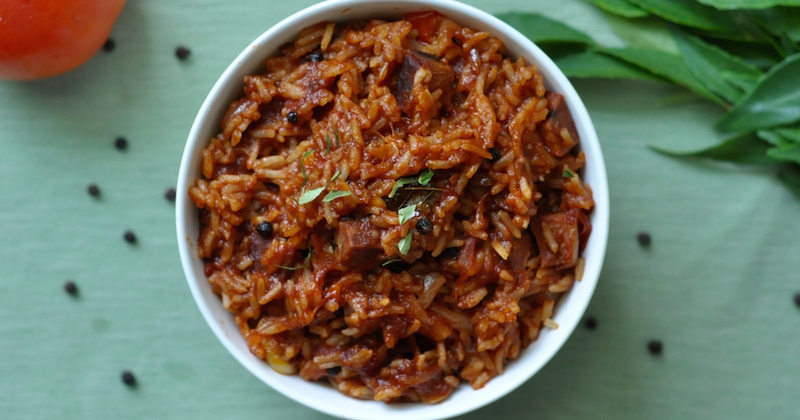Grains & Starches in Maldivian Cooking
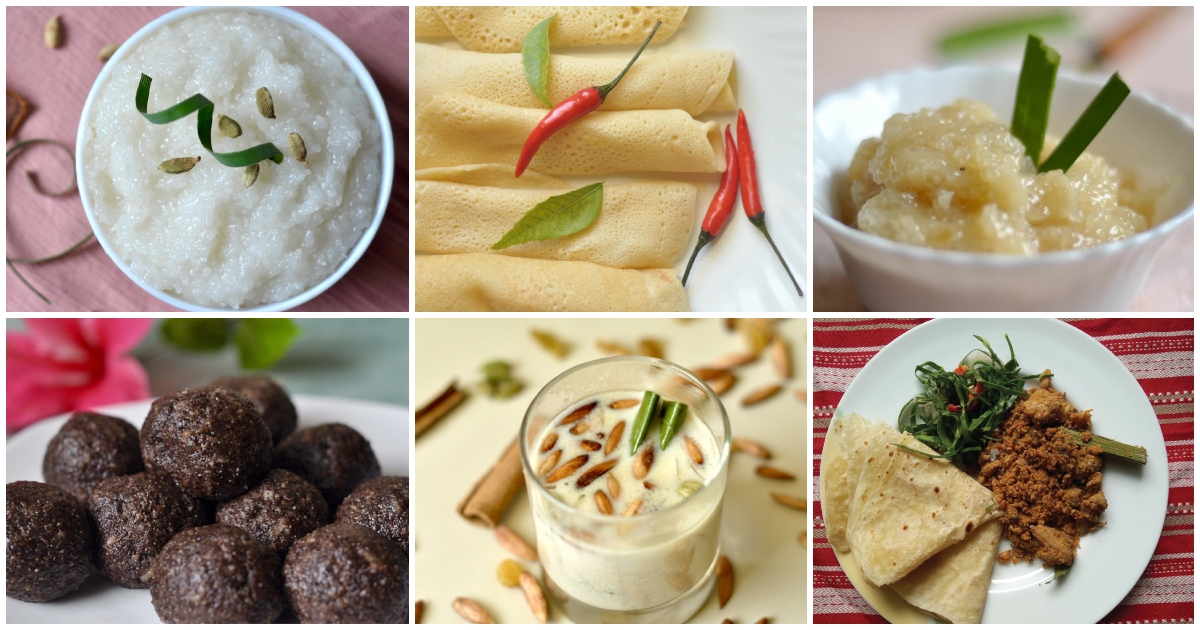
by Iyath Adam
The core components of Maldivian cooking consist of tuna and coconut. But we also use different grains and starches in a lot of our food.
Here, we’ve listed down some of the grains and starches used in a variety of Maldivian dishes.
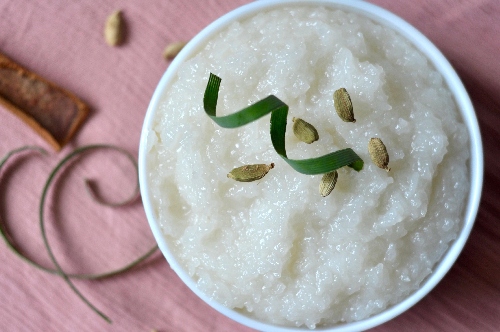
Image: Handulu Bondibaiy
Rice (Handoo)
The most commonly used grain in Maldivian cooking is undoubtedly rice or handoo. Cooked white rice is a staple dish eaten for lunch and dinner in almost all households, enjoyed with a variety of spicy, savoury sides.
It is also cooked down with coconut milk and sugar until soft and viscous to make the traditional handulu bondibaiy.
Check out more about how rice is incorporated into Maldivian cooking in this article.

Image: Maafuh
Finger millet (Bimbi)
Finger millet or bimbi flour is most famous for making the traditional maahefun dish, maafuh.
Nowadays, we just buy bimbi fuh off the rack but traditionally, finger millet grains were washed, roasted, and ground by hand to make fresh bimbi fuh. This was then mixed with ripe bananas, sugar, and grated coconut to make maafuh.
Bimbi fuh, when mixed with water or milk to make a porridge, is also one of the first dishes which is given to babies here in the Maldives when they start to feed on solid foods.

Image: Fen Folhi
Wheat (Godhan)
Wheat, also known as godhan in Dhivehi, is most used in its whole form to make godhan bondibaiy. This sweet dish is eaten with spicy, savoury sides such as kulhi mas or hanaakuri mas.
White wheat flour or godhan fuh is used to make roshi – thin, silky, soft Maldivian flatbread – and fen folhi, traditionally best enjoyed with curries and meat dishes. This flour is also used to make savoury teatime hedhikaa such as bajiya, bis keemiya, rolls and snacks such as kulhi kaajaa.

Image: Ravaa Pirini
Semolina (Ravaa)
Semolina or ravaa is a type of wheat; specifically, it’s durum wheat which has been coarsely milled. In Maldivian cooking, the primary dish made with semolina is ravaa pirini – a type of dessert made by cooking the ravaa in condensed milk and full cream milk.
A similar dessert drink made with semolina is a variation of the Indian dish, suji, made with condensed milk and ghee-fried onions, raisins and different spices.
We also have a delicious, ravaa boakibaa recipe; sweet, creamy and a little spicy from the cinnamon, cardamom and pandan leaf added to the batter.
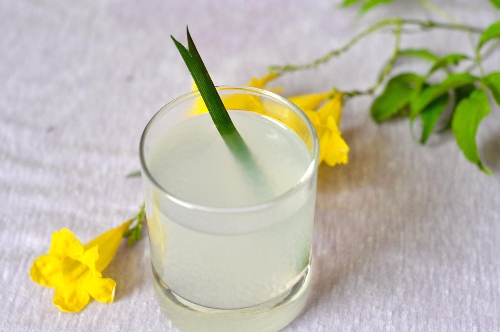
Image: Saagu Fani
Sago (Saagu)
Sago or saagu is actually a type of starch which is extracted from the spongy core tissue of different palms. When cooked, the saagu or sago pearls resemble tiny, clear, chewy balls.
This saagu is used in a number of traditional versions of desserts such as saagu bondibaiy, saagu fani and even saagu pudding. The chewiness and clean taste of the sago goes really well with classic Maldivian ingredients such as coconut milk, rosewater, and pandan to make delicious sweets.
About Lonumedhu
Lonumedhu is about eating great food right here in the Maldives.
Our easy to follow recipes use locally available ingredients.
In our blog you will find food news, interviews with chefs and cooks, useful information about eating out and other foodie reads.
Contacts
© Lonumedhu.com 2017-2025. All rights reserved. No part of this website may be reproduced without the written permission of the publisher.
Advertisers
Lonumedhu.com has partnered with Qualia Pvt Ltd, a publishing & marketing agency, for its desktop and mobile advertising.
Advertising enquiries should be directed to (960) 987 4396 or marketing.sales@lonumedhu.com.

